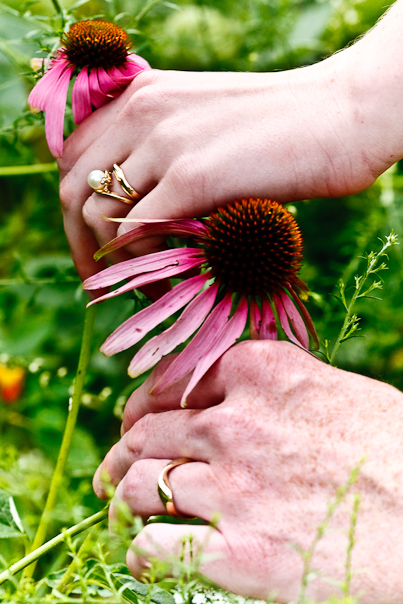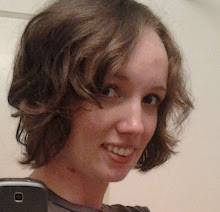 the basic premise of the story is the coming-of-age of a twelve-year-old boy, jonas, in a world that has removed weather variations, color vision, animals, controversy, individuality and self-determination -- as well as any true emotion -- in the consensus that the absence of all these sorts of things brings a simpler, easier, safer life for everyone. at the age of twelve, all children are assigned their adult role in their community and begin the training that moves them beyond childhood to a productive, responsible member of society. jonas receives a special, prestigious assignment that exposes him to the entire human legacy: pain, fury and desperation as well as joy, love and hope. jonas and his mentor make the decision to lead their community away from the sheltered existence they'd known for generations back to the full potential of mankind's experience.
the basic premise of the story is the coming-of-age of a twelve-year-old boy, jonas, in a world that has removed weather variations, color vision, animals, controversy, individuality and self-determination -- as well as any true emotion -- in the consensus that the absence of all these sorts of things brings a simpler, easier, safer life for everyone. at the age of twelve, all children are assigned their adult role in their community and begin the training that moves them beyond childhood to a productive, responsible member of society. jonas receives a special, prestigious assignment that exposes him to the entire human legacy: pain, fury and desperation as well as joy, love and hope. jonas and his mentor make the decision to lead their community away from the sheltered existence they'd known for generations back to the full potential of mankind's experience.i first read the giver in sixth grade. i don't recall if it was within the school curriculum, or something i read on my own, seeing as i was reading everything and anything that had printed word and stayed still long enough for me to take a look at it. =) i don't remember much of my initial reaction to the book -- i know that i really enjoyed it, and that the idea that "equality doesn't mean everyone is the same" really resonated with me.
reading it again, my reaction has the added depth that ten years' worth of education bring, including having read other political-utopia-focused science fiction (1984, brave new world, and animal farm all come immediately to mind). lumping the giver in with the rest of these works may seem strange, given the very dark nature the adult books possess. however, i think it is just as compelling, and that the lighter tone of the giver makes the sinister nature of the world it describes that much more chilling.
i was also intrigued in this reading to note the ethnocentrism visible in the homology of the community described. if we were to "average" humanity today together into one homologous race we'd be some shade of brown; however, the community only included one non-english name, and jonas had never even heard of a dark-skinned person before inheriting the memories of prior generations. i am pretty confident that this was intentional, as it reinforces the stark contrasts -- or rather, lack thereof -- in the story. i hope also that, as our nation and our experiences become more diverse, the association of social homology with an intrinsically flawed society, however perfect it may appear superficially, will contribute to the development of acceptance and value in our young minds.
speaking of young minds, i certainly believe that this book is a valuable contribution to a 5th or 6th grade classroom. i know it has received controversy, particularly regarding the protagonist's first recognitions of sexual maturation. however, we start teaching public school kids about puberty and their upcoming physiological developments as early as fourth grade (at least, my district did) -- and well we should! to do so without addressing the psychosocial development that they may also experience is a disservice and an incomplete preparation. besides, it's very tastefully handled, and any potentially controversial content -- a discussion of a dream that jonas is confused and uneasy about -- occurs in the initially benign context of the suppressive, rule-abiding community. kids are more likely to glom onto the far more shocking discussions of death and ritualized homicide, which are also presented in an age-appropriate manner. one mention of an incident of adolescent suicide may raise a red flag, but i think presenting this book in an academic setting with a guided discussion to help kids work through these difficult but important concepts would be far "safer," if there is any concern, than banning it, having kids encounter these ideas on their own, and not have an opportunity to process in a productive way.
regarding the ending of the book, i think i always assumed in earlier readings that the boys had died, but hoped that i was wrong. it's a bittersweet but hopeful ending, and just ambiguous enough to allow for several interpretations. when i snagged this from the library i also picked up gathering blue by the same author -- a story of another society, though very different, that has a sinister secret rippling under the surface -- which mentions in passing a youth who may or may not be one of the boys whose fates are uncertain at the end of the giver. i like that (though, honestly, i'm not certain that the two worlds described in those books can exist together), i like the ambiguity. with no concrete ending, this story retains its might-have-been/might-yet-be quality, serving then not just as a novel but also a cautionary tale, and one of hope.
...well, this was fun! what's next?



